Bitcoin was the first cryptocurrency to be created in 2009. The mining was done using a CPU. However, with time, mining Bitcoin using this method became difficult. CPU mining takes months to make any meaningful profit. Also, the amount of electricity consumed during the process is enormous. On the other hand, GPU mining brings GPUs (graphic processing units of gaming computers), which can mine a lot faster than CPUs. A miner may also use application-specific integrated circuit (ASIC) mining, which is more popular because ASIC is designed to mine cryptos. But ASIC mining is also difficult and is quickly becoming obsolete. Therefore, most miners have resorted to cloud mining that allows miners to rent a mining rig for a period to mine cryptocurrencies, leveraging the power of dedicated crypto mining facilities, including those of corporations.
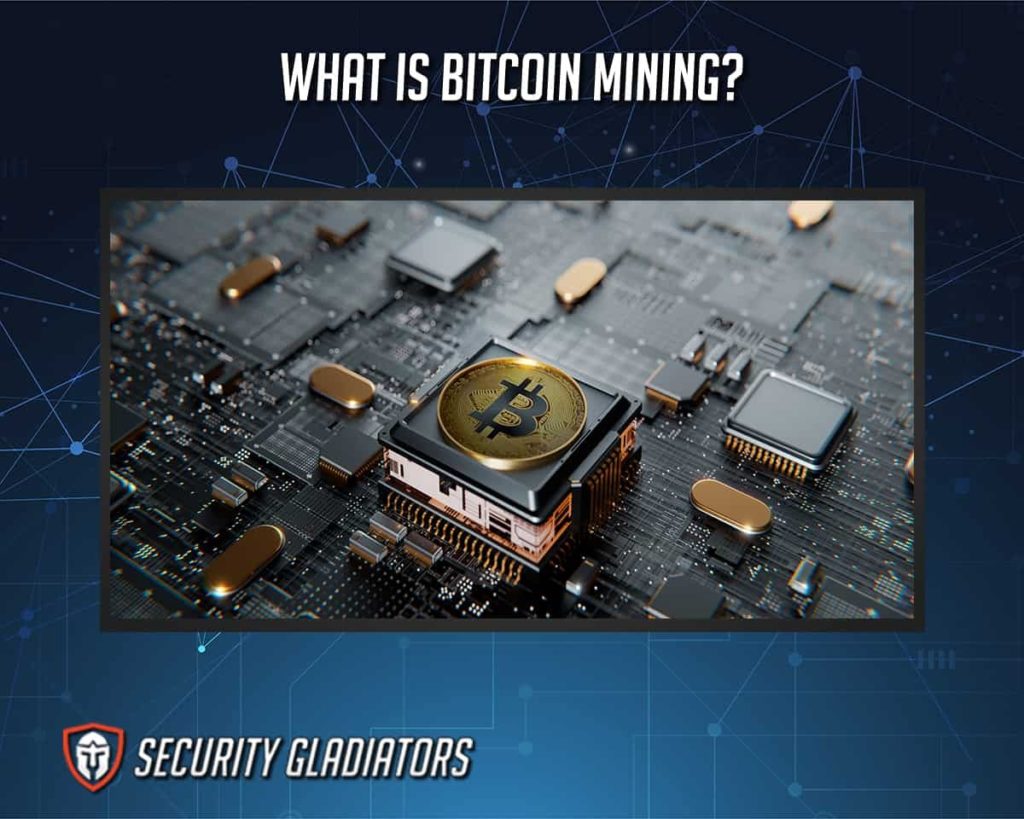
Table of Contents
How Does Bitcoin Mining Work?
Bitcoin mining entails solving a complex mathematical problem with sophisticated hardware to allow a new Bitcoin to get into circulation. If a computer finds a solution to the problem, the first Bitcoin block is received. If another computer finds another solution to the math problem, the computer receives the second block, and the process continues. Finding the problem is painstaking and can only be done by technologically inclined people.
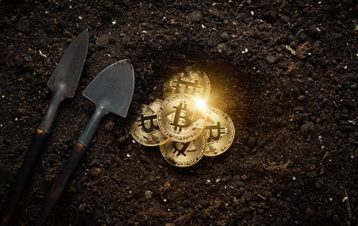
A complete block of a verified transaction is added to the blockchain. And so, the new Bitcoin enters the network when a miner solves the math problem.
Mining Bitcoins releases new Bitcoins into the market and adds more currency to the network. The maximum amount of Bitcoins that can be mined is 21 million. But so far, about 19 million Bitcoins have been mined and are already in circulation.
How Can You Start Mining?
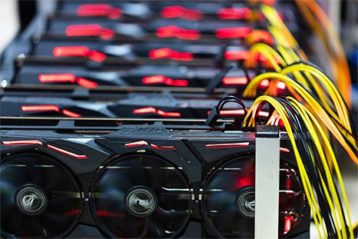
Bitcoin mining is an additional way of making money online. Tech-savvy people can mine but must consider factors such as electricity and the necessary hardware before starting. Mining Bitcoin requires the use of sophisticated machines.
People can join a mining pool, where miners can work together, gather resources and share the hashing power.
The best way is to buy mining hardware that is purposely designed to be used in mining Bitcoins. More hardware to consider include field-programmable gate arrays (FPGAs) and graphic processing units (GPUs). Most miners prefer FPGAs and GPUs for increasing the mining power by as much as 100 times. ASICs are designed to enhance mining output. Trying to mine Bitcoin without ASICs consumes too much electricity, the expenses incurred exceed the amount of money received as a reward for the mining effort.
After acquiring the right bitcoin mining hardware, some special programs to help mine the crypto are needed. CGminer and BFGminer are the most commonly used programs for mining Bitcoin.
The next important thing is to create a wallet. Wallets can be obtained online by downloading the wallet on a computer. The wallet should then be secured by enabling two-factor authentication and keeping the wallet offline.
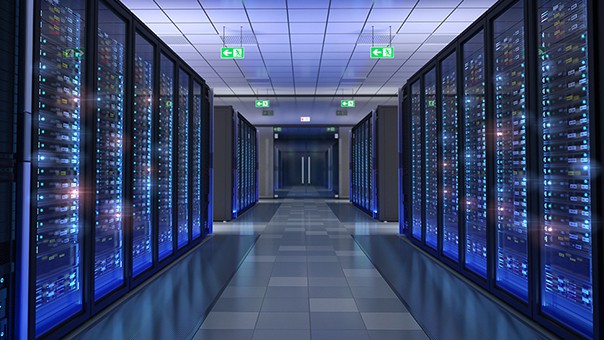
Mining can start after getting the Bitcoin wallet and linking the wallet to the appropriate mining rig. This allows one to start mining Bitcoin by running a double SHA256 hash function. This validates Bitcoin transactions and helps to provide the security required for the entire Bitcoin network. To successfully mine bitcoin, the miner will need to have a high hash rate.
When in a mining pool, if one succeeds in mining, the pool gets rewarded with Bitcoins. Miners who contribute with more computing power get greater rewards.
Is Crypto Mining Legal?
Yes and no. Some countries consider Bitcoin mining illegal, while others consider the act legal. The legality of mining crypto will depend on the geographical location and jurisdiction. Countries such as Morocco, Egypt, Algeria, Nepal, Ecuador and Bolivia consider mining Bitcoin illegal. More countries such as Bangladesh, China, Vietnam, Qatar, North Macedonia and the Dominican Republic have banned Bitcoin mining activities.
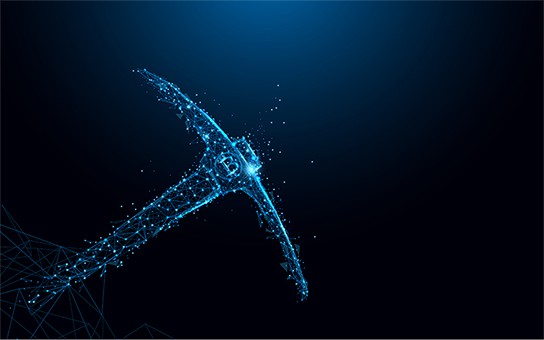
In the United States, most lawmakers have realized that the digital assets, which have already grown into a trillion dollar market, are here to stay, so there is an effort to coordinate digital currency activities. Agencies like the Commodity Futures Trading Commission (CFTC) are developing cryptocurrency regulations and looking forward to controlling the cryptocurrency market. Legislators and the Federal Reserve are also trying to address the specific needs of the industry.
States like Wyoming passed blockchain legislation in which cryptocurrency was recognized as a medium of exchange. Banks like Avanti and Kraken have already received a license to conduct crypto-related activities. New York has created a regulatory framework for cryptocurrency.
How Much a Miner Earns
Bitcoin mining may not be a good prospect because the cost of mining is high. A person who succeeds in mining Bitcoin currently receives compensation of 6.25 Bitcoin or $250,000.

Unfortunately, creating and adding a new Bitcoin to the network is not easy. The process is power intensive and consumes 143.5 terawatt-hours every year. The amount of electricity used to mine a single unit of Bitcoin is equivalent to what one household consumes in nine years.
Also, if one joins efforts in a mining pool, the reward received depends on the contribution by the party to the mining.
What Do You Need to Mine Bitcoins
A mining rig with immense computing power is required to mine and add a blockchain ledger. The computer is then used to try and solve complex bitcoin algorithms to earn a Bitcoin token reward.
What Computer Hardware Is Required for Mining?
To mine cryptocurrencies, one needs application-specific integrated circuits, a regular motherboard and dynamic random access memory. In addition, one needs the best mining GPUs and the best mining CPUs for 2023.
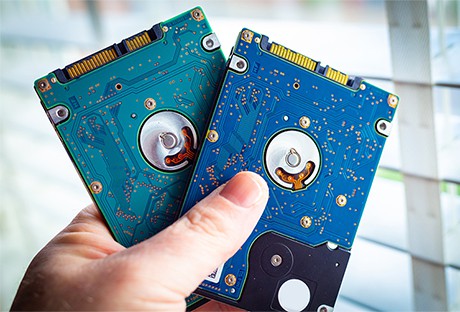
Miners should have a fast and reliable SSD. However, the SSD does not need to have huge amounts of storage. This should be 60GB for Linux and 120GB for Windows. An efficient SSD can help to keep electricity bills down and stop the rig from overheating.
Is It Safe to Mine on a Personal Computer?
Yes, one can mine on a personal computer, after all, mining is about solving complex mathematical problems and having the same added to a digital ledger referred to as the blockchain.
What Is a 64-Digit Hexadecimal Number in Mining?
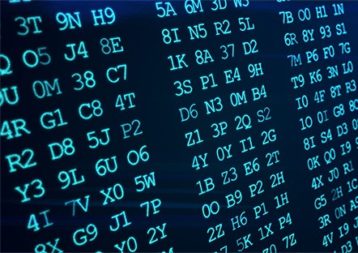
A 64-digit hexadecimal number is a number that is defined by the Bitcoin protocol and which miners try to guess. The number should be equal to or less than the target hash as defined by the Bitcoin protocol and contain both digits and letters of the alphabet.
Hexadecimal means base 16. “Hex” means six in Greek, while “deca” means 10. So the hexadecimal system means that each system has 16 possibilities. However, since the total digits are 10 in a number system, one may need to stick in six alphabet letters. The letters of alphabets one may use are a,b,c,d,e and f.
Note:
The hexadecimal number is important for determining whether the miner has successfully solved the math problem to get rewarded with tokens of Bitcoins.What Are Coin Mining Pools?
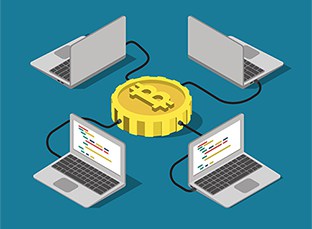
A mining pool is a group of miners who combine computational resources to strengthen the chances of finding a block or mining a cryptocurrency. Members of a mining pool share computational resources to enhance the chances of mining a cryptocurrency.
The pool allows the participants to contribute processing power towards finding a block. When the miners succeed in generating the blockchain, a reward is available in cryptocurrency tokens. The reward is shared among the members that generated the blockchain according to individual effort.
Are There Any Risks of Mining?
Yes, mining cryptocurrencies exposes miners to dangers. Attackers use phishing tricks to make miners click on infected links, which then infect computers with viruses and malware. This slows down the performance of the computer. Attackers may exploit the opportunity to steal personal data. There’s also an increased computing and electricity cost. Miners risk incurring unnecessary expenses and wasting time and effort and getting nothing as compensation.
Why Does Mining Use So Much Electricity?
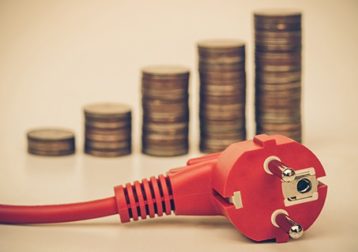
The rig’s graphic cards must work 24 hours a day. Also, the rig has three GPUs that consume 1,000 watts of power when running. Mining centers can have thousands of rigs running in a location, so the aggregate power consumption is very high. Also, rigs generate a lot of heat, that’s why multiple fans are needed, including external cooling, to cool rigs down. The fans produce a lot of heat, which further consumes an insurmountable amount of electricity.
Mining uses a lot of electricity because the process utilizes powerful computers that generate millions of hashes per second. Also, mining entails finding a unique key that provides an answer to a mathematical problem. The key is a 64-digit hexadecimal number which should be less than or equal to the target hash. This is the number upon which the block is built and added to the blockchain. Arriving at the mathematical solution is trial and error. The odds of being right in the first attempt is one out of a trillion, so the computer needs to run constantly to increase the chance of finding the required key and verifying the new transaction block.
Also, the difficulty of solving the mathematical cryptocurrency problem grows as more and more people join the network to try to solve the problem. More energy is consumed as the problem gets more complex.
According to the Digiconomist’s Bitcoin Energy consumption index estimates that a single Bitcoin transaction takes about 1,544 kWh to complete. This is the energy that an average household uses in 53 days.
How Long Will It Take to Mine 1 Bitcoin?
Mining a Bitcoin block takes about 10 minutes. However, thousands of miners on the network compete for the reward. This makes the problem more complex and requires more time before any Bitcoin is mined.
What Are the Math Problems in Bitcoin Mining?
The mining process is complex and comes with many mathematical problems to solve. The miner must therefore solve three difficult problems. Some mining problems include the following.
- The Byzantine Generals Problem
- Double-Spending
- 51% attack
1. The Byzantine Generals Problem
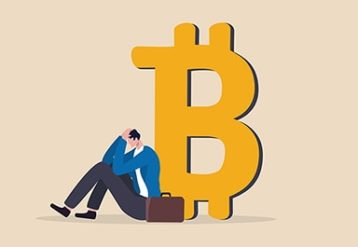
To understand this problem, the miner should learn about distributed timestamp servers, which store each block’s miner-coded data. This is a serial number that helps to determine the time when the digital currency was mined and verified by a blockchain network.
Thus, a new chain of a block is linked to the next by incorporating the previous block’s hash into the next block. This implies that the new block is aware of the block that was mined before.
When many miners are working on a block, a miner may try to put block five after block four while other miners also try to put block five after block four. The problem becomes more pronounced when a miner tries to put two other competing blocks such as 5a and 5b, which contain different transactions, into the network. Knowing which block of the transaction should enter the blockchain then becomes difficult.
This problem can easily be solved by using Hashcash, a proof-of-work system that verifies a transaction and tries to connect blocks in the blockchain. The process entails running a series of extremely difficult math operations requiring adequate competing power, revealing the next block’s hash value. If the miner can find a solution, the solution is broadcasted through the network. 51% of the miners must accept the solution before getting verified and entered as a new block. Every miner looks forward to having a block accepted by most miners.
2. Double-Spending
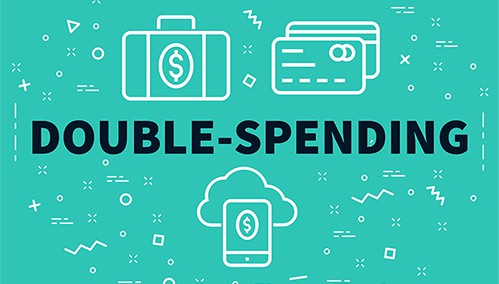
The problem occurs when users spend the same digital currency twice. Tech-savvy users can reproduce digital currencies with the requisite computing ability. Since Bitcoin is decentralized, no authority can confirm if a digital unit has been spent at some point or not.
Note:
The problem of double spending can be solved by broadcasting each transaction to the crypto network and verifying the transaction using the proof-of-work mechanism.Therefore, each bitcoin transaction will be stored in a public ledger and grouped into blocks arranged in sequence. The blocks are internally connected to make a blockchain. The network will allow participants to see the result of each transaction. This allows for fraudulent transactions to get inspected and rejected.
3. 51% Attack
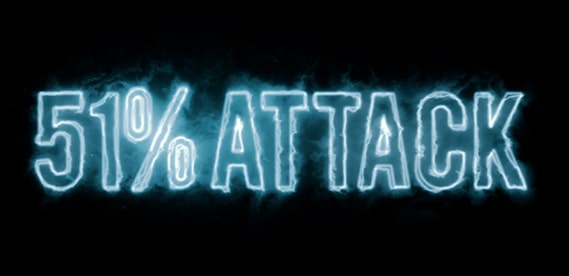
Forging or copying the Bitcoin blockchain is always difficult. Hackers try to avoid verification of the system by out-computing the blockchain’s security mechanism. Also, double spending may occur when crooks send a forged transaction log to the seller while sending a deceitful token to the Bitcoin network.
When an outgoing transaction is executed, the transaction ends in the mining pool, and appears as an unconfirmed transaction. The miner will then choose any transaction in the pool and make a block transaction. The miner finds a solution to the math problem, which gets added to the blockchain. Fraudulent miners may not send the real answer to network participants. Since fraudulent miners don’t broadcast the blockchain version to the network participants, the second version gets isolated from the network allowing the fraudulent miner to spend the asset in the original blockchain.
Can Other Cryptocurrencies Be Obtained With Mining Apart From Bitcoin?
Yes, other cryptocurrencies, such as Ethereum, can be mined using an integrated circuit (ASIC) and specialized GPU. Below is a list of the digital currencies that can be mined.
- Monero
- Zcash
- LiteCoin
- Grin

